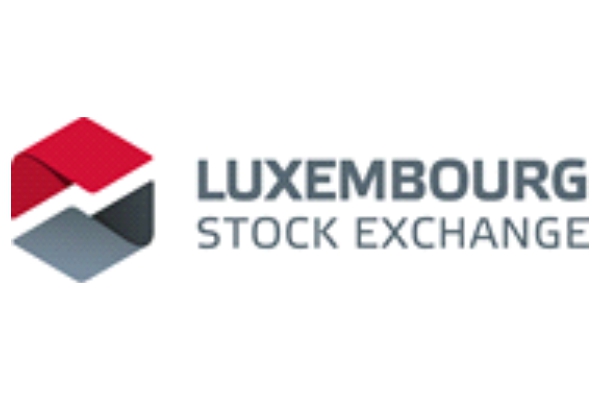
On Thursday 13 October 2022, the Luxembourg Stock Exchange (LuxSE) published its latest market study focusing on the current level of EU Taxonomy-related disclosures for green, sustainability and sustainability-linked bonds listed worldwide.
In the context of the study, entitled “EU Taxonomy: How are issuers approaching the new disclosures?”, the team of sustainable finance experts at LuxSE analysed 5,451 sustainable bonds and searched for references to elements of the EU Taxonomy in the relevant pre- and post-issuance documentation. The results of the study suggest that issuers of sustainable bonds are starting to adapt their disclosures in preparation for the EU Taxonomy.
“By analysing to what extent issuers are already including elements of the EU Taxonomy in their disclosure, and furthermore looking at the nature of these taxonomy-related elements, we are assessing how prepared issuers are for the EU Taxonomy at this stage. The adoption of bond-level EU taxonomy disclosures has the potential to attract more capital flows, as the demand for EU Taxonomy-aligned products is likely to increase due to the new reporting obligations that apply to investors and asset managers. This is why it is interesting to analyse market developments in this respect,“ explained Laetitia Hamon, Head of Sustainable Finance at LuxSE.
The draft EU Green Bond Standard (EUGBS) is expected to serve as a voluntary gold standard for green bond issuance. The EU Taxonomy, an integral part of the EUGBS, recognises economic activities that make a substantial contribution to at least one of the EU’s six environmental objectives, while at the same time not significantly harming any of these objectives and meeting minimum social safeguards. The European Commission has not yet published its Delegated Act outlining details concerning the remaining four of the six environmental objectives of the EU Taxonomy.
While the EU Taxonomy is still work in progress and issuers of sustainable bonds are under no obligation to report on their bond’s alignment with the EU Taxonomy, the study suggests that a number of issuers have started to adapt their disclosure to reflect the EU Taxonomy.
The analysis of 5,451 sustainable bonds indicates that elements of the green classification system are already included in the disclosures for 14% of the green, sustainability and sustainability-linked bonds listed worldwide. In terms of sustainable bonds issued by EU-based issuers, adaptation rates are considerably higher, with EU Taxonomy related elements already included in the disclosures for 27% of these bonds.
The findings show that there are major differences between sectors. The study suggests that the banking sector is leading the way in terms of bond-level EU Taxonomy related disclosures. While the banking sector represents 19% of the sustainable bond universe analysed, it represents 39% of the bonds for which elements of the EU taxonomy are reflected in the relevant documentation. In terms of the nature of the disclosures, the result of the study indicates that sovereign, supranational and agency (SSA) issuers produce the most sophisticated EU Taxonomy-related disclosures at this stage.
Another important finding is that the percentage of alignment with the EU Taxonomy is not yet being disclosed at the bond level, while references to the environmental objective(s) to which the bond contributes are present in the disclosures for 53% of the bonds that include elements of the EU Taxonomy in their documentation.
The data used to analyse the 5,451 listed sustainable bonds that were included in the scope of this study was extracted from the LGX DataHub in May 2022. Created by LuxSE, the LGX DataHub provides structured sustainability data on more than 8,000 green, social, sustainability and sustainability-linked bonds from 2,000 issuers across the world, covering close to the entire world’s listed sustainable debt securities.
Access to the full study is available via: https://www.bourse.lu/eu-taxonomy-study-2022.








